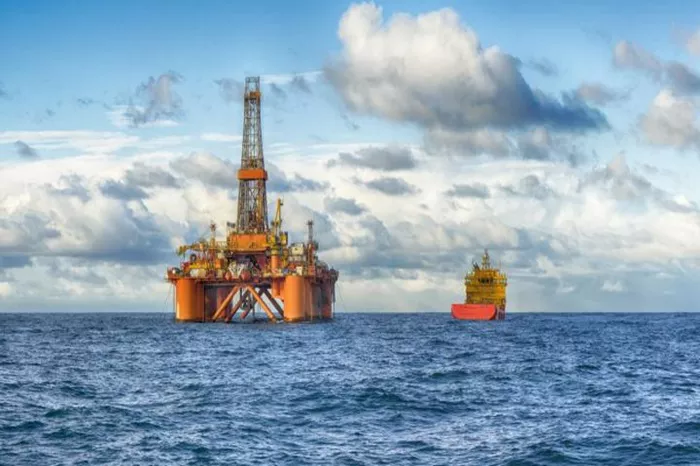Tropical Storm Francine has prompted oil drillers in the Gulf of Mexico to halt production and evacuate crews as the storm intensifies, with forecasts predicting it will strengthen to a Category 2 hurricane before making landfall in Louisiana.
According to the National Hurricane Center’s 1 a.m. advisory on Tuesday, the storm is expected to remain offshore from northern Mexico and southern Texas through the day before reaching Louisiana on Wednesday. The storm, now 425 miles south-southwest of Cameron, Louisiana, has seen wind speeds increase to 65 miles per hour from 50 mph reported on Monday.
A hurricane watch has been issued for parts of the Louisiana coastline. The National Hurricane Center forecasts that Francine will bring strong winds and a hazardous storm surge to the region.
Major oil companies, including Chevron Corp., Exxon Mobil Corp., and Shell Plc, are taking precautionary measures such as evacuating workers, suspending drilling operations, and shutting in wells. The storm’s projected path intersects with oil fields responsible for approximately 125,000 barrels of crude oil and 300 million cubic feet of natural gas per day.
Gas supply to the Cameron LNG facility has decreased by about 41% compared to the previous day.
The storm is likely to affect nine major offshore platforms, including Enchilada, Cerveza, Perdido, and Hoover. However, Chuck Watson, a disaster modeler with Enki Research, has indicated that the overall impact on energy production might be limited.
The U.S. Coast Guard has declared Port Condition X-Ray for Houston, Galveston, and other key Texas ports, signaling that rough weather is anticipated within 48 hours. On a positive note, Francine’s approach is expected to temporarily alleviate water shortages in the Mississippi River, benefiting shippers before drier conditions return.
Francine will be the third storm to impact the U.S. mainland this year. As it nears the coast, it could encounter wind shear that may weaken it. Nonetheless, the storm is currently projected to make landfall with winds reaching 100 mph, classifying it as a Category 2 hurricane on the Saffir-Simpson scale.
The hurricane center is also monitoring two other disturbances in the central Atlantic Ocean that have the potential to develop into tropical storms, though both are currently located far from populated areas.
Related topic:
What is Gasoline Made of Chemically?

